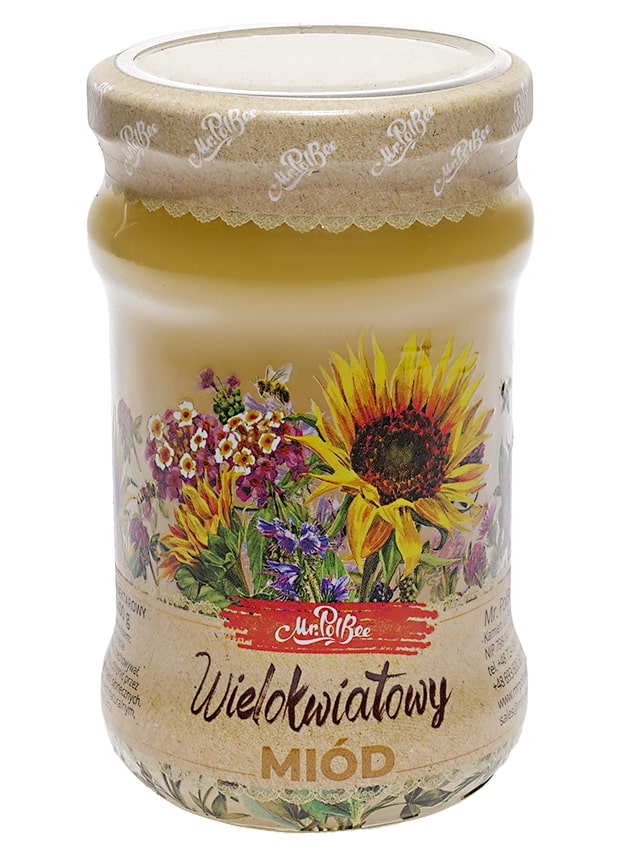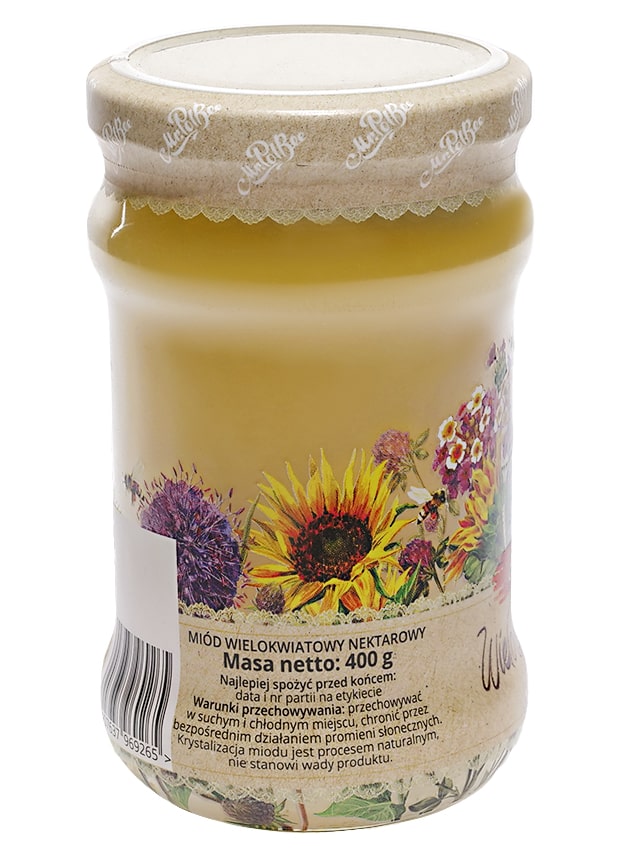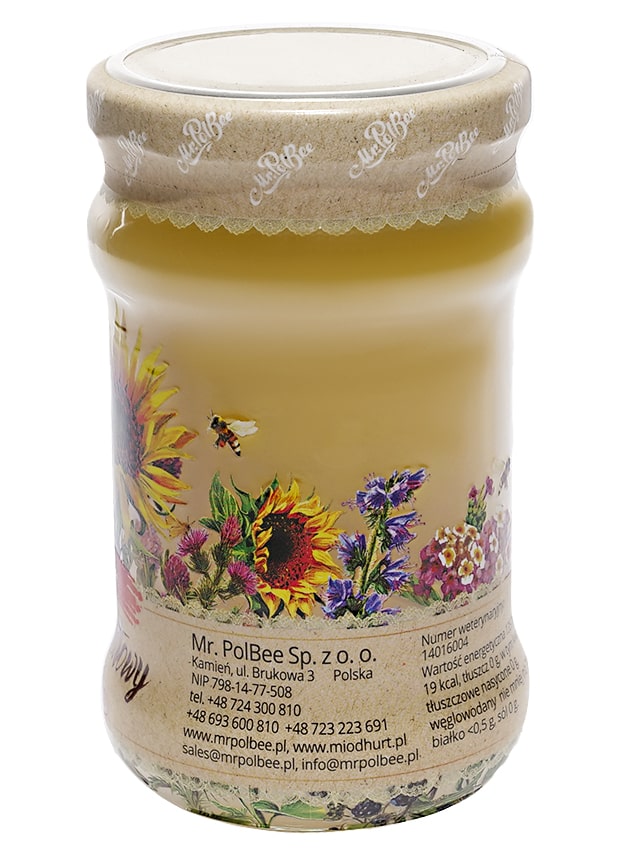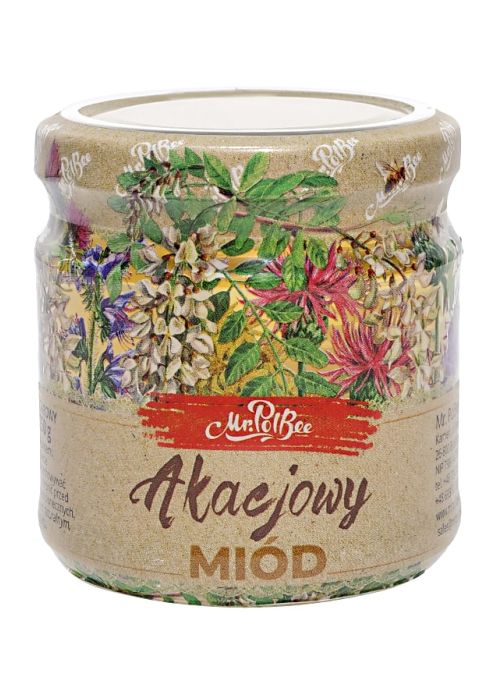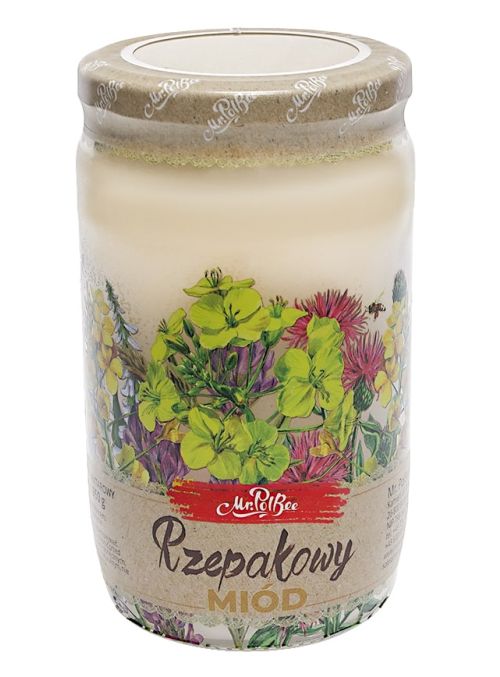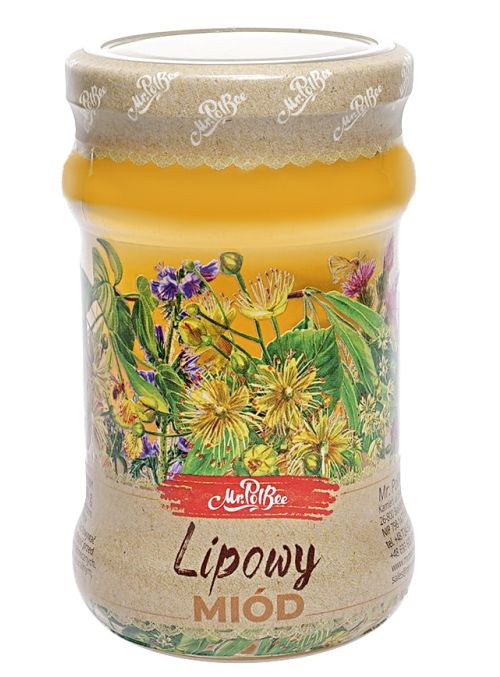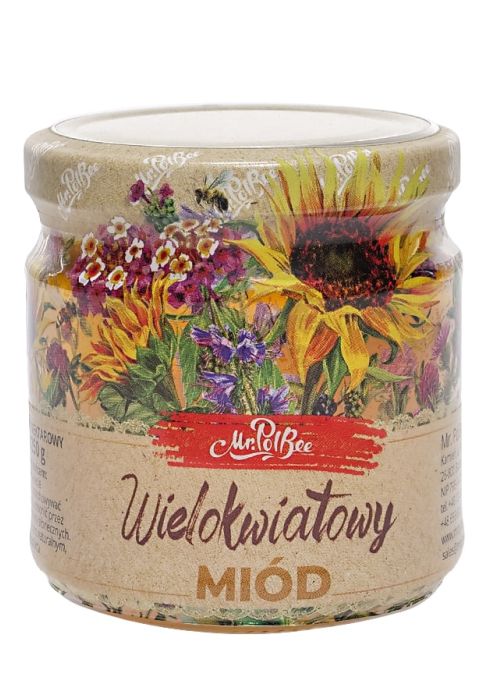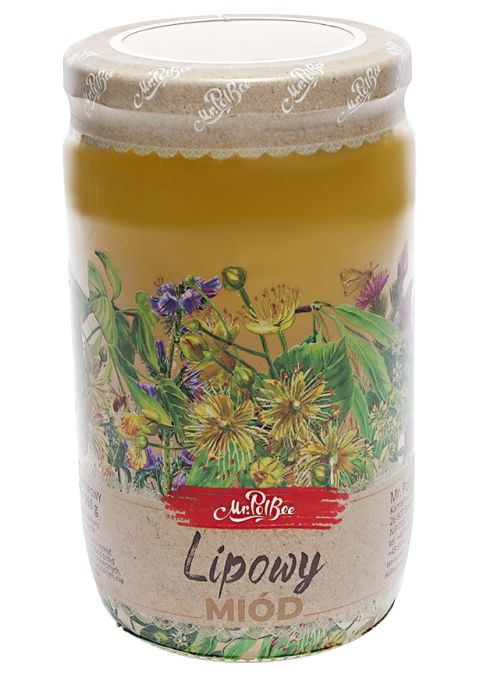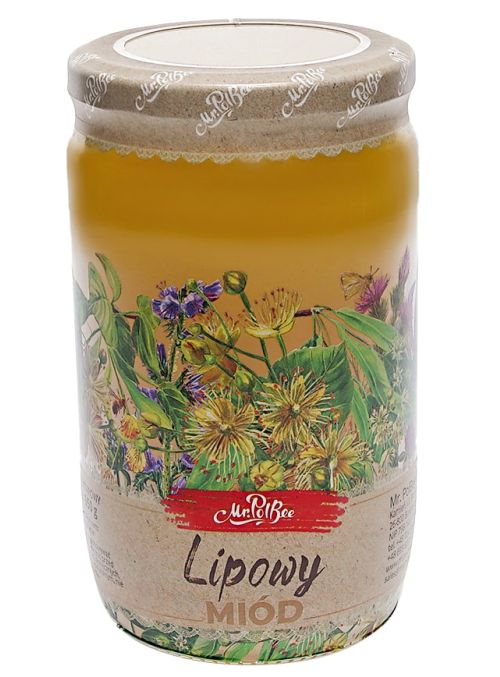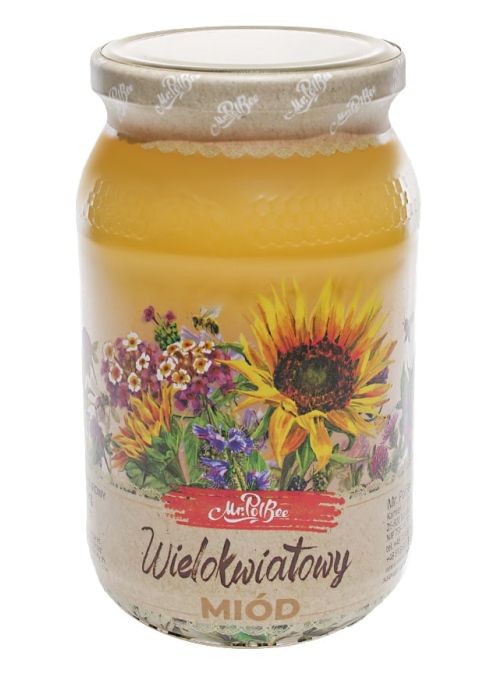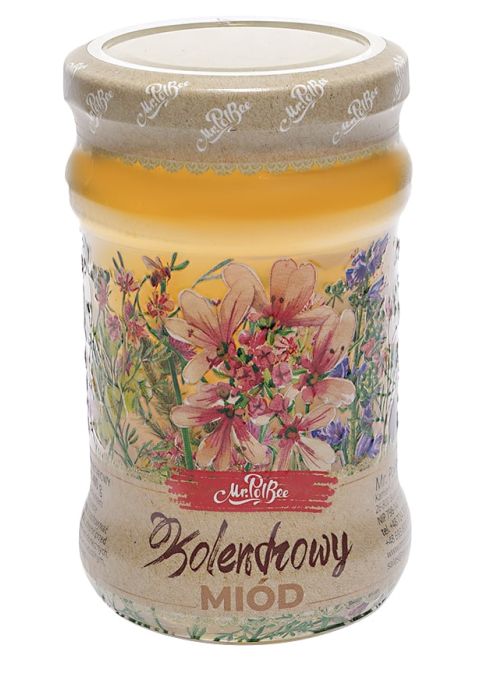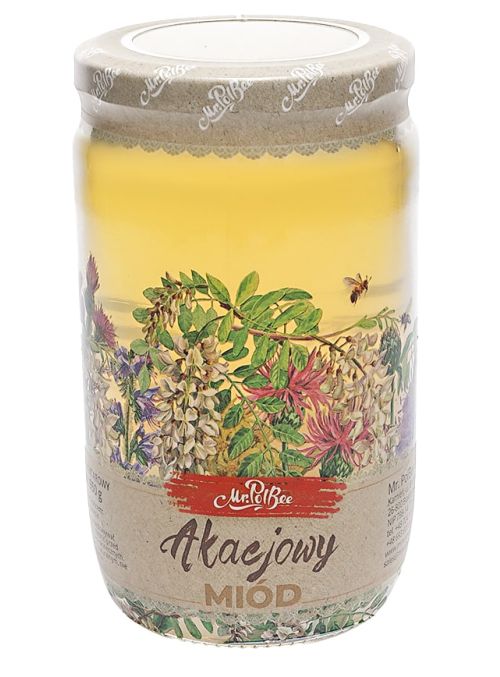MULTIFLOWER HONEY - (0.4KG)
MULTIFLOWER HONEY - (0.4KG)
Multiflower honey, also known as "honey of a thousand flowers" or "nectar honey", is actually a large group of honeys from various flowers, shrubs and trees.
Multiflorous honey, also known as "honey of a thousand flowers" or "nectar honey", is actually a large group of honeys from various flowers, shrubs and trees, both cultivated and wild, collected from apiaries in different locations and at different times. year. Therefore, two jars of multi-flower honey may have a different color and even different nutritional values and flavor values. What they all have in common is their mild and very sweet taste, which makes them one of the favorite delicacies of children.
The content of multiflorous honey
The most numerous group of compounds found in multiflorous honey are carbohydrates (especially glucose and fructose). In terms of chemical composition, they are very diverse. Organic acids such as gluconic, malic and citric acids are also abundant. Spring flower honey has a particularly high content of simple sugars. On the other hand, summer and autumn honeys are richer in enzymes, bioelements and antimicrobial compounds. A frequent admixture of multiflorous honeys is made of small amounts of wax, pollen, and even coniferous trees, which then give them a specific taste and smell. In addition, you can also find vitamins and certain amounts of macronutrients (potassium, phosphorus, magnesium, calcium, iron, chlorine and others). It turned out that this honey has a high silicon content, that is an element that is necessary for the proper functioning of the circulatory system, renewal of the skin, hair and bones. Multifloral honey, however, shows low antibiotic activity. Properties of multiflorous honey There are two types of multifloral honey - depending on the season in which it was collected. The first is multi-flower spring honey. It is light yellow, light cream or light gray in color. It consists mainly of simple sugars. Its medicinal properties include supporting liver detoxification and regulating the work of the digestive and circulatory systems. Spring honey is also an ally in the fight against cardiological problems, as the glucose contained in it nourishes the heart muscle. Its consumption is recommended in low energy states and excessive fatigue. The second type of multifloral nectar honey is multifloral summer honey - it may contain linden, phacelia, mustard, buckwheat and sunflower nectar. It is amber, tea or light brown in color. It is richer in bioelements, enzymes and antimicrobial ingredients than spring honey. For this reason, it has antibacterial properties, helps with colds and strengthens the body's immunity. This honey is recommended for hay fever, bronchial asthma and pollen allergies. Chewing the autumn / winter honeycomb helps to desensitize to the pollen contained in it. However, such a treatment should only be used under the watchful eye of a doctor. enzymes and antimicrobial ingredients than spring honey. For this reason, it has antibacterial properties, helps with colds and strengthens the body's immunity. This honey is recommended for hay fever, bronchial asthma and pollen allergies. Chewing the autumn / winter honeycomb helps to desensitize to the pollen contained in it. However, such a treatment should only be used under the watchful eye of a doctor. enzymes and antimicrobial ingredients than spring honey. For this reason, it has antibacterial properties, helps with colds and strengthens the body's immunity. This honey is recommended for hay fever, bronchial asthma and pollen allergies. Chewing the autumn / winter honeycomb helps to desensitize to the pollen contained in it. However, such a treatment should only be used under the watchful eye of a doctor.
Our consultants are ready to answer any questions

From the same category




